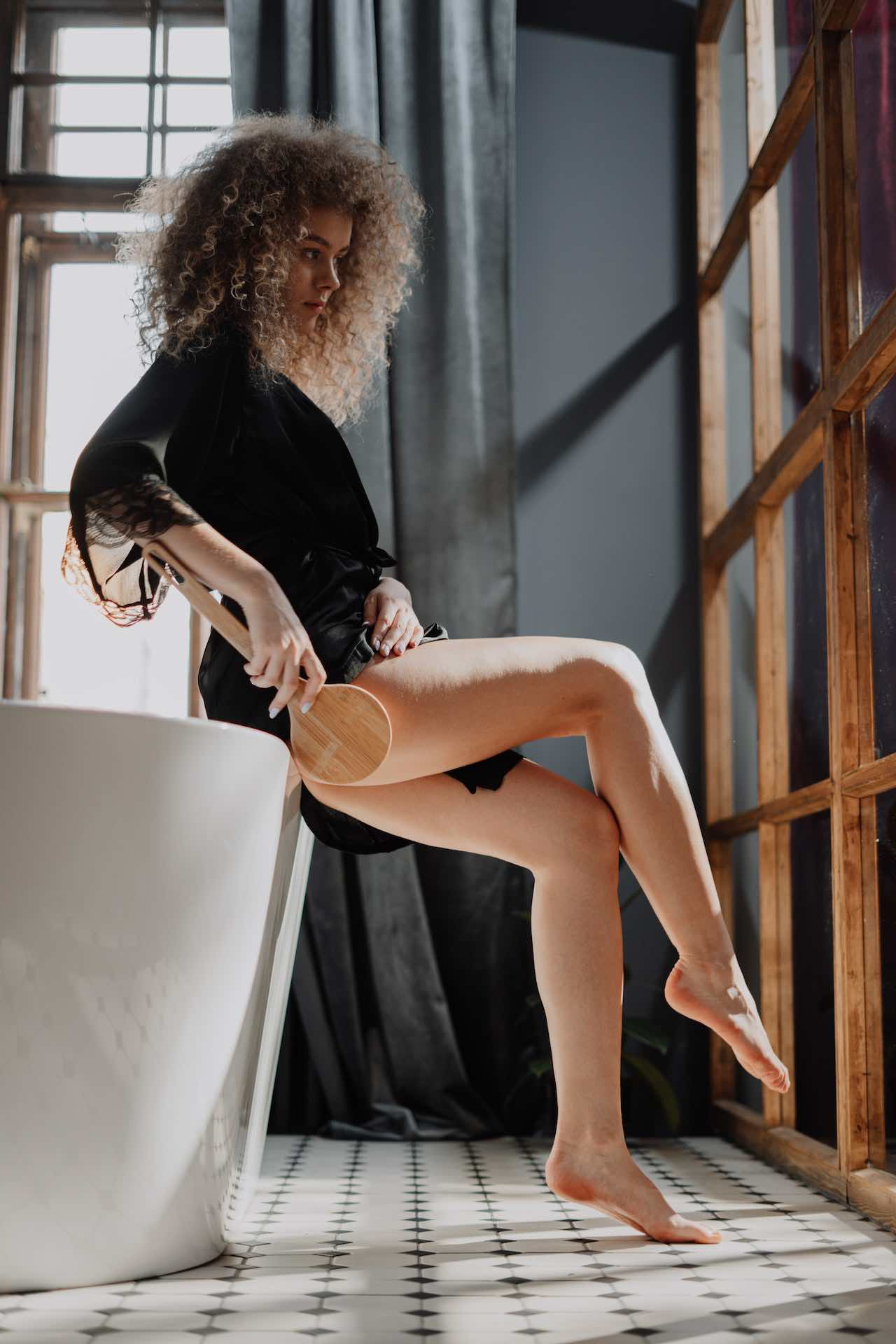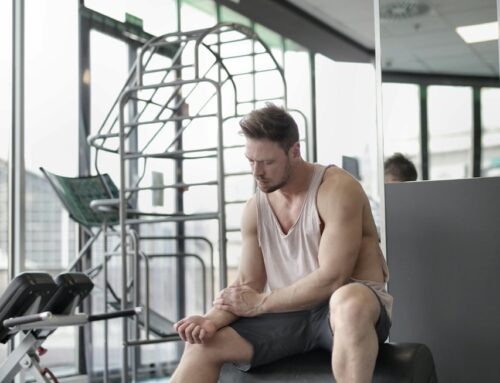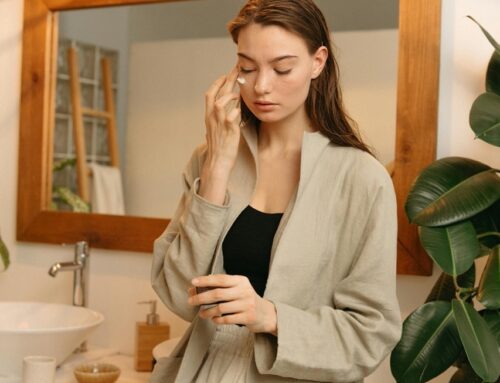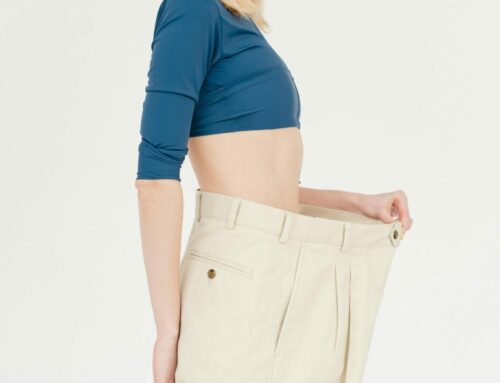What is cellulite?
Cellulite describes an area of the body where the skin is dimpled. According to a study, 80 to 90 percent of adult women have cellulite, commonly seen on the thighs, buttocks, and upper legs. It might also occur in the lower abdomen and the upper arms.
Cellulitis, also called gynoid lipodystrophy, may be more pronounced in overweight or obese people but also occurs in skinny people.
Reasons for cellulite
Your skin, fat, muscle tissue, and other cells are made up of layers. Cellulite is thought to occur when the fibrous bands of connective tissue that attach the skin to muscle mass break down, allowing fat cells to rise right into the skin layer. This creates an uneven, bumpy texture that makes the cellulite look like homemade cheese.
Everyone has fat cells. Although we are all prone to cellulite, some people are more prone to it than others. Some variables that make a person more likely to have cellulite include:
Gender. In men, the connective tissue is crisscrossed, and these intersecting bands can hold fat cells. On the other hand, women have vertical connective tissue bands that are more likely to allow fat cells to protrude to the skin’s surface.
Age. The skin becomes much less flexible as we age, and the connective tissues get damaged.
Hormones. Hormones, especially the hormone estrogen, are involved in the formation of fat cells as well as cellulite. This may be another cause why women have more cellulite than men. It may also help clarify why cellulite first appears after adolescence and sometimes worsens during pregnancy.
Diet. In accordance with research, a diet high in fat, salt, and preservatives can lead to metabolic conditions that can increase cellulite.
Lifestyle. Certain aspects of lifestyle, such as not getting enough exercise and drinking too much alcohol, can affect blood flow, inflammation, and how fat cells are formed and distributed throughout the body.
Massage can make better the appearance of cellulite by:
- Removal of excess fluid from the body
- Redistribution of fat cells
- Improvement of blood circulation
- Plump up skin
However, massage will not cure cellulite. Although massage can improve appearance, the results usually don’t last long, and repeated treatments are necessary in many cases.
Massage tools for cellulite.
Many massage devices are on the market to reduce cellulite, but not all work.
Many people use styrofoam rollers—hard, tubular pieces of styrofoam—in the hope that they can break down fat. But per the American Council on Exercise, foam rollers will not improve the appearance of cellulite.
In addition, there is no hard evidence that things like portable vibrators or brushing – brushing dry skin with a soft bristle brush – can also help fight cellulite, especially in the long term.
One really reassuring product is endermology. This FDA-approved device tightens, stretches, and twists the skin to help move fat and reduce cellulite. Per the American Academy of Dermatology (AAD), combined results have been identified. Even when there is an improvement, it tends to disappear after a month if the treatment is not repeated.
What do we understand from the research
Some research suggests that specific massage techniques may help reduce cellulite, but most studies warn that results are short-term.
A 2015 study found that hot cupping can stimulate the elimination of fluid, toxins, and other chemical by-products from the body, which can improve the appearance of cellulite. During the study, cups were placed on cellulite areas, and a portable pump produced suction. After five weeks of therapy, the women in the study reduced cellulite from an average of 2.4 before cupping to 1.68 after cupping.
Another Trusted Source study from 2010 looked at the results of mechanical massage, massage using a device such as endermology; lymphatic drainage massage, a type of massage that uses gentle pressure to help the lymphatic system remove fluids, particles, and toxins; and connective tissue correction (CTM) for cellulite. CTM is a type of circulatory massage that uses stress on tendons, ligaments, and the cells that connect muscles to the skin. All three methods effectively reduced fat in the area of the thigh where the massage was performed.
What to Consider
Cellulite predominates, especially in women. The presence of cellulite does not necessarily indicate that you are obese or unhealthy.
While massage is likely to have a minor, short-term effect on your cellulite, it may have other health benefits. It can help you feel much better, reduce muscle tension and soreness, and reduce body pain. Massage may not make you look much better, but it can help you feel better.
If you’re worried about the appearance of your cellulite, see a dermatologist who can tell you about other, much more proven cellulite treatments.
According to the AAD, two procedures are encouraging:
- Laser therapy
- Subcision is a minor surgical operation in which a needle is inserted under the skin to break up rugged bands of connective tissue, resulting in smoother-looking skin
The bottom line
Cellulite is entirely normal. For many, this is not a health issue but may have to do with appearance. If you want to try cellulite massage, learn about its limitations.
Massage is not a cure for cellulite, but it can temporarily improve the skin’s appearance and make cellulite less conspicuous. Massage has many health benefits, so it may be worth adding to your wellness program.




